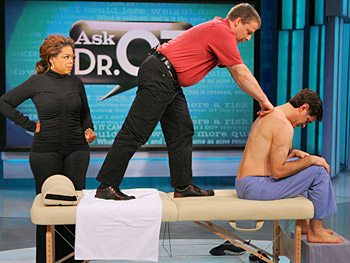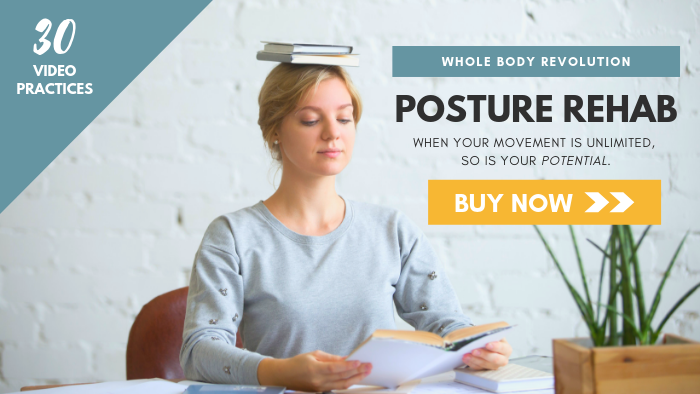 So often, we’re looking for the bright, shiny new therapy that promises to heal all our aches and pains that we forget about the tried and true home remedies that are cheap and accessible to nearly everyone.
So often, we’re looking for the bright, shiny new therapy that promises to heal all our aches and pains that we forget about the tried and true home remedies that are cheap and accessible to nearly everyone.
One of the easiest and least expensive remedies for sore, aching muscles is a warm epsom salt bath. Epsom salts can be bought at any drugstore for around $2.50 for a half gallon of salts. They’re comprised of magnesium and sulfates, minerals that are crucial to health but deficient in many modern diets.
Magnesium is a powerful muscle relaxant and so boosting your levels of this mineral not only relieves muscle soreness, it can also improve sleep quality. Both magnesium and sulfates can be absorbed transdermally, meaning your skin soaks up the good stuff when you pour it into your bath!
To benefit from epsom salts, simply add 1 to 2 cups to a warm bath. For bonus refreshment, add soothing or uplifting essential oils like lavender, peppermint, rosemary or bergamot and give all your senses a treat.
Soak, enjoy and let out a sigh of relief!


 I know you’d like to improve your flexibility. I hear this from my clients all the time! So far, I’ve showed you how to
I know you’d like to improve your flexibility. I hear this from my clients all the time! So far, I’ve showed you how to